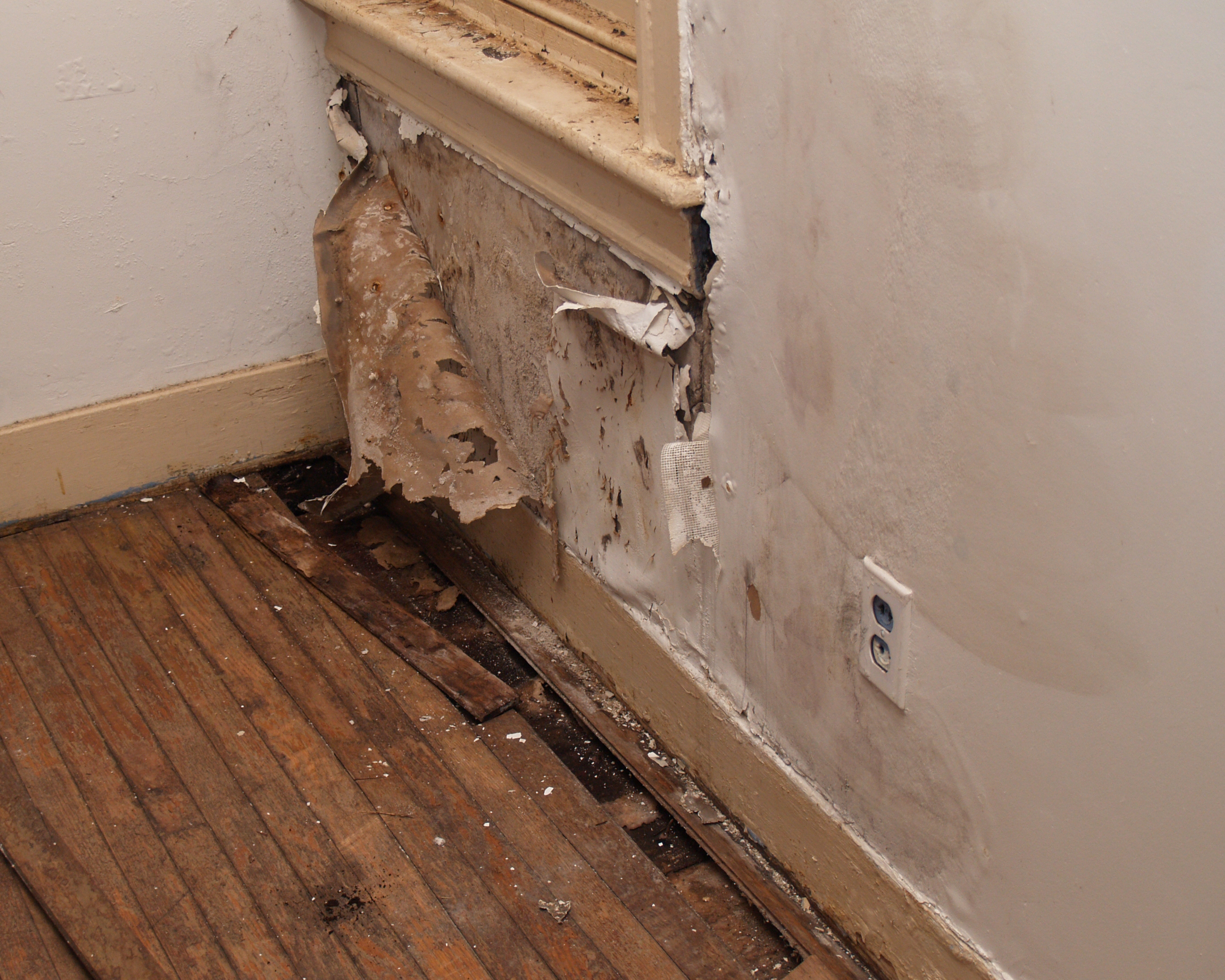Efficient Water Reduction Strategies You Required to Know
Water damages can be a pricey and disruptive problem for residential property owners, making it essential to be well-versed in reliable water mitigation methods. From early discovery and assessment to efficient water removal techniques and comprehensive drying out techniques, there are essential actions to take in mitigating water damage.

Early Detection and Assessment
Very early discovery and assessment are important steps in the procedure of water reduction to identify and address possible resources of water damage promptly. Recognizing these problems early on can prevent more acceleration of water damages, inevitably conserving time and resources in the reduction procedure.
Moreover, very early detection allows for quick action to be absorbed drying out influenced areas and applying needed repairs to avoid mold development, structural damage, and other lasting consequences of water damages. Timely treatment not only minimizes the immediate influence of water intrusion however also assists in preserving the stability and safety and security of the property in the future. Prioritizing early discovery and inspection as fundamental parts of water mitigation techniques is essential for reliable damage control and restoration initiatives.
Efficient Water Removal Techniques
Discovery and evaluation are essential action in any kind of water mitigation process, laying the foundation for efficient water removal techniques to promptly get rid of excess water from influenced areas. As soon as the level of water damages is evaluated, it is essential to use efficient removal techniques without delay. Water extraction can be achieved with different approaches, consisting of the usage of effective pumps, damp vacuum cleaners, and dehumidifiers.
Professional water mitigation groups frequently utilize submersible pumps to rapidly remove large quantities of water from the premises. These pumps are qualified of removing water at a quick rate, decreasing the threat of additional damage to the residential property. Damp vacuums are also commonly used to target smaller sized locations or hard-to-reach spaces where standing water persists.
In addition, dehumidifiers play a vital function in the water extraction process by lowering moisture levels in the air and accelerating the total drying out time - water removal ballston spa ny. By incorporating these removal methods purposefully, water mitigation experts can successfully draw out water, mitigate damage, and prevent mold and mildew growth, eventually restoring the affected location to its pre-loss problem
Thorough Drying Methods
To make sure comprehensive water damage mitigation, complete drying methods are necessary in eliminating residual wetness and protecting against potential structural concerns. After water extraction, the focus moves to drying out the influenced locations completely.
In cases of water damage, permeable materials like drywall and carpeting can trap wetness, causing mold and mildew development and architectural weakening otherwise sufficiently dried out. To resolve this, specialists might make use of customized equipment such as moisture meters to gauge moisture levels within materials, guaranteeing extensive drying. Furthermore, the removal of baseboards or drilling small holes in wall surfaces might promote drying out in wall surface dental caries where dampness can stick around unseen.
Mold And Mildew Avoidance and Removal
Adhering to the thorough drying out methods in water mitigation, the emphasis currently shifts in the direction of attending to mold avoidance and remediation to safeguard versus prospective health threats and architectural damages. Mold and mildew can quickly create in locations influenced by water damages, positioning serious health threats and jeopardizing the integrity of the structure. To avoid mold and mildew growth, it is crucial to without delay remove any kind of water-damaged materials, along with completely tidy and sanitize the influenced areas. Correct ventilation and dehumidification additionally play crucial roles in mold avoidance by decreasing dampness levels that advertise mold and mildew growth.
It is important to address mold and mildew problems quickly and efficiently to avoid further damage and make sure the security of occupants. By implementing these mold and mildew avoidance and removal methods, the risks linked with water damage can be significantly lowered.
Structural Repair and Reconstruction

Reconstruction efforts commonly prolong past architectural repair services to include cosmetic improvements. Repainting walls, replacing floor covering, and attending to any kind of visible water spots prevail practices. It is very important to not only repair the architectural damage however likewise to recover the visual appeals of the area. Additionally, addressing any kind of sticking around wetness problems and making sure correct air flow can aid prevent future architectural damages and mold development. By without delay and effectively additional hints addressing structural problems post-water damages, home owners can guard their structures and restore them to their pre-damage condition.
Final Thought
In conclusion, efficient water mitigation methods such as early detection, efficient water removal, thorough drying out, mold and mildew prevention, and structural fixing are vital in reducing damage and restoring influenced locations (mold mitigation saratoga). By complying with these steps faithfully, homeowner can reduce the influence of water damages and prevent further issues such as mold development. It is essential to act without delay and employ these methods to guarantee an effective water reduction process
Water damages can be a turbulent and pricey problem for building proprietors, making it essential to be fluent in effective water mitigation strategies. From early detection and evaluation to efficient water removal techniques you could look here and thorough drying strategies, there are vital actions to take in mitigating water damages.Very early discovery and inspection are essential actions in the process of water mitigation to identify and address prospective resources of water damage immediately.Discovery and More Help inspection are essential steps in any water mitigation process, laying the foundation for reliable water extraction approaches to quickly remove excess water from affected locations.In final thought, effective water reduction methods such as very early detection, reliable water extraction, thorough drying out, mold avoidance, and structural repair service are essential in decreasing damage and restoring impacted locations.